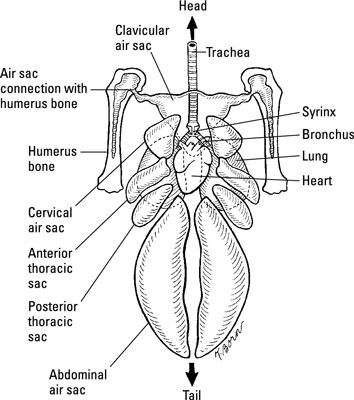I've never used them, but if crowing would be a problem, maybe giving him away would be best 

Follow along with the video below to see how to install our site as a web app on your home screen.
Note: This feature may not be available in some browsers.


That post was for the OP and anyone else that wants to understand how a birds respiratory system works and how the collar effects that.And still the phararoh was hardened. You didn't read mine, and I didn't read yours.
It shows you have no idea what crowing involves or what the collars are doing if you think the collars are to prevent them from fluffing up their hackles which in turn reduces their crowing.But roosters like to fluff out their hackles as the crow, and that is what I am preventing.
Sorry if I am getting myself involved when I shouldnt, but there is no need to be hostile- the chickens are what matter here, and I believe @The Moonshiner was simply informing you, or anyone else, who might not fully understand crowing, chicken respitory system etc. Personally, I found the post quite informative..And still the phararoh was hardened. You didn't read mine, and I didn't read yours.
I remember that thread @ChickNanny13 . The only problem I could see coming across would be the rooster getting hung up on something accidentally.
I've also read a thread or two about blackout curtains and what not in the coop so the rooster doesn't realize the sun has risen.
Thank you so much for replying! I found your diagram to be super helpful. Who knew that they got two breaths for the price of one? Pretty cool! Unfortunately, I live in an area that doesn’t have a particular love of roosters. (I’ll never understand why. I think that roosters get a bad rap.) I can’t find many shelters around me that don’t end up sending their roosters to slaughter if they don’t get adopted and I really don’t want that for this guy. He’s so sweet. Do you think it’d be okay if I only kept the collar on at night? He’s remarkably quiet during the rest of the day so he really would only need it on for those first couple early hours of the morning. I’m gonna try blackout curtains in the coop and see if that helps since it seems like the light triggers his crowing. But if the curtains don’t work, do you think that just having it on for a little while in the morning is an okay option? I would hate to give him up if I can prevent it, but I also don’t want to put his safety in danger. Thanks again for your reply!What if someone told you from now on when you talk it has to be in a whisper.
It's either that or you will be put to death. I'm sure that kinda life wouldn't kill you and wouldn't cause you any pain but is it a life you want to live?
That will be your roosters best case scenario.
Truth is collars do restrict air flow. To much restriction and they die. To little restriction and it does nothing to lessen the volume. Just right and it restricts enough to quiet the crow but not enough to kill them.
Then you have the concern of the chock hazard. Being caught or hung on something or trying to swallow something to large.
If you read their sites you will see how much emphasis is put on correctly fitting the collar and most have a warning against feeding pellet style food. When the manufacturer puts that information out there doesn't that make you think there's some serious risks involved?
I'm sure the majority of people that use them and follow the fitting instructions correctly will never end up with a dead rooster but then there are cases where that's exactly what they end up with. How you gonna feel if you end up the unlucky one?
I was half joking about the living life with only being able to whisper but what if that was your life but then you discovered if I move down the road I'll be able to talk normally again. Would you head down the road or say na no big deal I'll stay here?
Let your rooster move down the road. There are cases where a rooster can be rehomed and not eatened.
